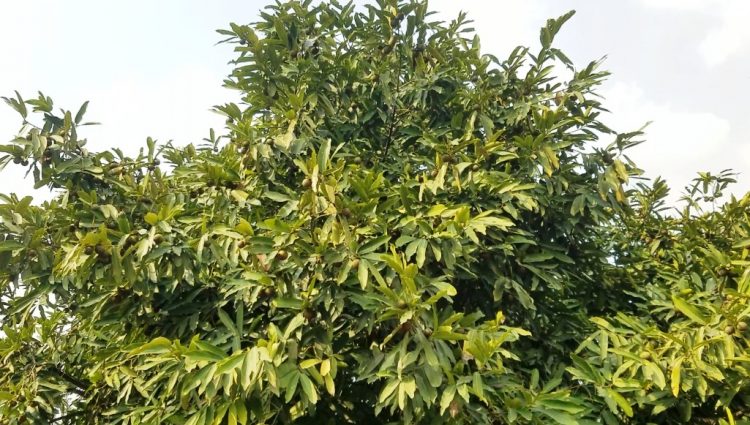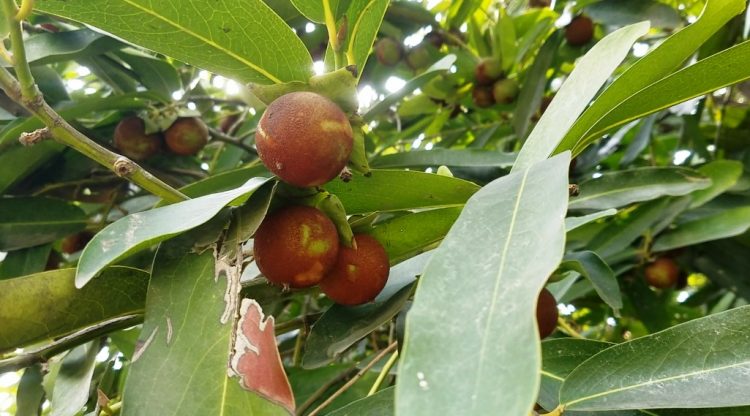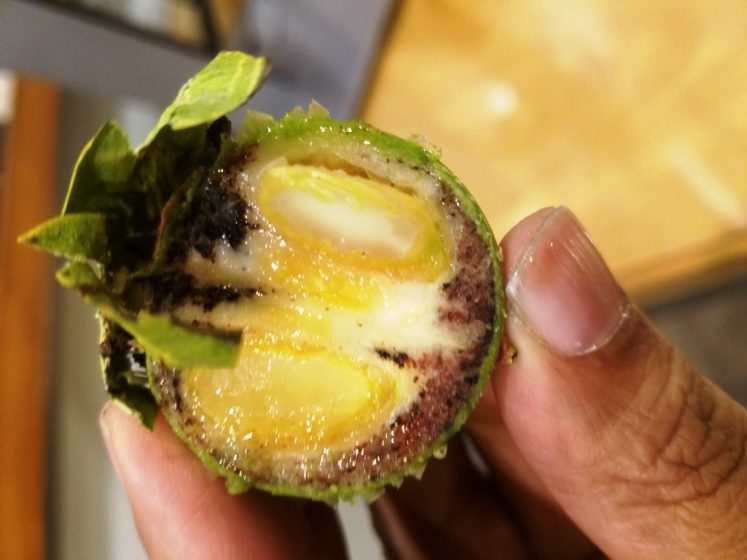The creamy, crispy and crunchy cashew nuts are cherished for their succulent flavor. They are eaten as a snack, whether roasted, salted, sugared or covered in chocolate, and are often used as a flavorful complement to appetizers, main dishes, and desserts.
Slightly sweet in taste they are relished as a garnish in sweets and desserts. Along with almonds, they are sprinkled over desserts, particularly sundaes and other ice cream based preparations and is widely used in biscuits, sweets, and cakes.
They are also used in Thai and Chinese cuisine, generally in the whole form as well as used, along with almonds and other dry fruits in various rice dishes and in curry preparations in India, Pakistan and Middle Eastern region.
But that is not all there is to cashew nuts. They are packed with a mix of nutrients and minerals not found in many common foods. Cashew nuts are rich in energy and nutrients. They do have a relatively high-fat content, but it is considered good fat. They are rich in heart-friendly monounsaturated fatty acids like oleic and palmitoleic acids that help to lower LDL or bad cholesterol and increase HDL or good cholesterol.
Despite having a relatively high-fat content, cashew nuts are considered to be low-fat nuts. In fact, cashew nuts contain less fat per serving than many other popular nuts, including almonds, walnuts, peanuts, and pecans.
Cashew nuts are a rich source of soluble dietary fiber, vitamins, and minerals as well as numerous health promoting phytochemicals that, combined with the nut’s zero percent cholesterol content, help to protect against diseases like diabetes and gallstones as well as cancer.
Being a rich source of minerals like manganese, potassium copper, iron, magnesium, zinc, and selenium, eating just a handful of cashew nuts every day protects against mineral deficiencies. They are also rich in many essential vitamins such as pantothenic acid (Vitamin B5), pyridoxine (Vitamin B-6), riboflavin and thiamin (Vitamin B-1). These vitamins are essential for the metabolism of protein, fat, and carbohydrates in the body but need to be replenished from external sources.
The nuts also contain a good amount of Zea-xanthin, an important flavonoid antioxidant, which helps prevent age-related macular degeneration.
The high energy density and high amount of dietary fiber have a beneficial effect on weight management, but only when eaten in moderation. Because of their high-fat content, over-consumption of cashew nuts, can cause unwanted weight gain. The oxalates in cashews also become concentrated in body fluids, crystallizing and causing health problems in people with pre-existing kidney or gallbladder problems. Cashew nut allergy is common, especially in children. The symptoms may range from simple itching to severe form of anaphylactic manifestations, including breathing difficulty, pain in the abdomen vomiting and diarrhea. Individuals with known allergic reactions to nuts should be cautious while eating cashews.
While cashew nuts have a high amount of the stabilizing oleic acid, a monounsaturated fatty acid, they should always be stored in a tightly sealed container in a cool dry place, preferably kept in a refrigerator to avoid them turning rancid.
Native to equatorial South America, the Portuguese and Spanish seafarers are credited for introducing the cashew nut to the world during the 15th and 16th centuries. Today it is grown commercially in Brazil, Vietnam, Indian and many Africans countries. The tree is small, spreading and evergreen growing to a height of 10-12 meters.
The kidney-shaped cashew nuts are actually seeds, that grow, partly embedded, on the end of the large fleshy cashew apple. The crispy kernel is extracted after cutting the shell of the nut and is processed to free it from toxins before use. The edible part is creamy white in color, has a smooth surface with firm yet delicate texture and smells and tastes sweet and delicious. The English name cashew is derived from the Portuguese name for the fruit of the cashew tree, “caju” in the subcontinent it is known as “kaju”.
The cashew tree, now naturalized in tropics, is grown under varied climatic and soil conditions and thrives in a tropical climate and coastal sandy land. Unfortunately, it is not cultivated in Pakistan, though it is successfully cultivated in other regions akin to our warm areas. As the cashew nut can grow in tropical coastal belts, it is worth trying to explore its prospects of growth in Pakistan warm areas.
As it is an expensive item not only at home but also in the international market. It is, therefore, worth trying to cultivate it in Pakistan, in pockets where weather and soil conditions are suitable. If the results are encouraging, it can open new vistas of employment to the local people in production processing and packing industries.
 Black Sapote tree can grow to 25 meters in height. It is an evergreen tree but frost sensitive and can tolerate light frosts.[/caption][caption id="attachment_27740" align="aligncenter" width="696"]
Black Sapote tree can grow to 25 meters in height. It is an evergreen tree but frost sensitive and can tolerate light frosts.[/caption][caption id="attachment_27740" align="aligncenter" width="696"] Diospyros nigra is a species of persimmon in the family Ebenaceae. It is also called “chocolate pudding fruit”[/caption][caption id="attachment_27743" align="aligncenter" width="696"]
Diospyros nigra is a species of persimmon in the family Ebenaceae. It is also called “chocolate pudding fruit”[/caption][caption id="attachment_27743" align="aligncenter" width="696"] The fruit are tomato likes with an inedible skin that turns from Olive to a deep yellow-green when ripe black markings near the heart of old trunks.[/caption]
The fruit are tomato likes with an inedible skin that turns from Olive to a deep yellow-green when ripe black markings near the heart of old trunks.[/caption]